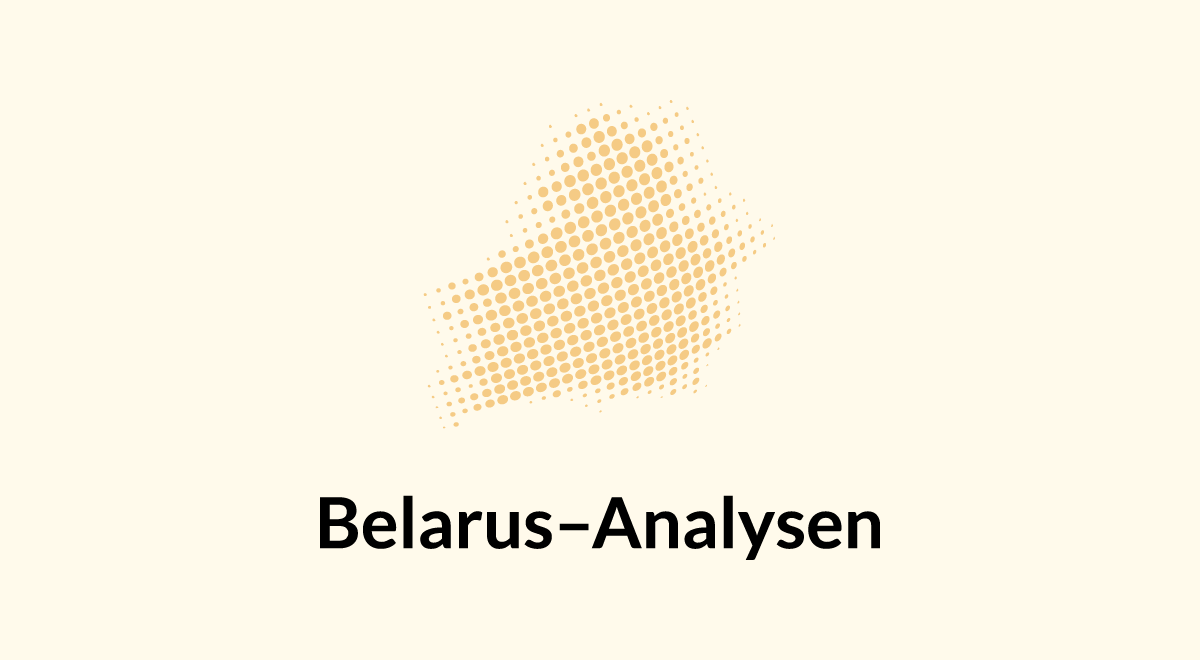 Analyse
Analyse Von Piotr Rudkouski
Die erste Infektion mit dem Virus SARS-CoV-2 in Belarus wurde am 28. Februar 2020 festgestellt, exakt einen Monat nachdem in Deutschland der erste Fall bestätigt wurde. Anders als in Deutschland und den übrigen europäischen Staaten beschränkte sich Belarus auf minimale Maßnahmen zur Eindämmung der Pandemie. Am 9. Mai wurde die Parade anlässlich des Tages des Sieges im Zweiten Weltkrieg abgehalten, an der rund 20.000 Menschen teilnahmen. Praktisch alle Einrichtungen arbeiten vollkommen planmäßig, es gab zu keinem Zeitpunkt eine Pflicht, in der Öffentlichkeit Schutzmasken zu tragen. Gleichzeitig gehört die Sterberate durch CoViD-19 in Belarus – der offiziellen Statistik zufolge – zu den niedrigsten in Europa. (…)
Zum Artikel ![]() Artikel
Artikel Von Nadja Douglas
ZOiS Report 6/2020 State-society relations in Belarus have been tense for many years. The presidential elections in August 2020 and the mishandling of the ongoing Covid-19 pandemic have proved to be the catalyst that brought these fragile relations to a complete breakdown. Over the years, the widening gap between a new generation of an emancipated citizenry and a regime stuck in predominantly paternalistic power structures and reluctant to engage in political and economic reforms has become increasingly evident. The deteriorating economy during the last decade and the perceived decline of the country’s social welfare system have been important factors in these developments. At the same time, the regime has continued to invest in its domestic security structures to a disproportionate extent compared with neighbouring states, allowing the so-called silovye struktury (“state power structures”) to gain influence at the highest level of state governance. (…)
Zum Artikel auf zois-berlin.de